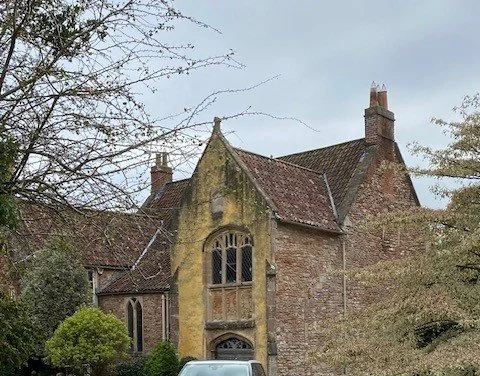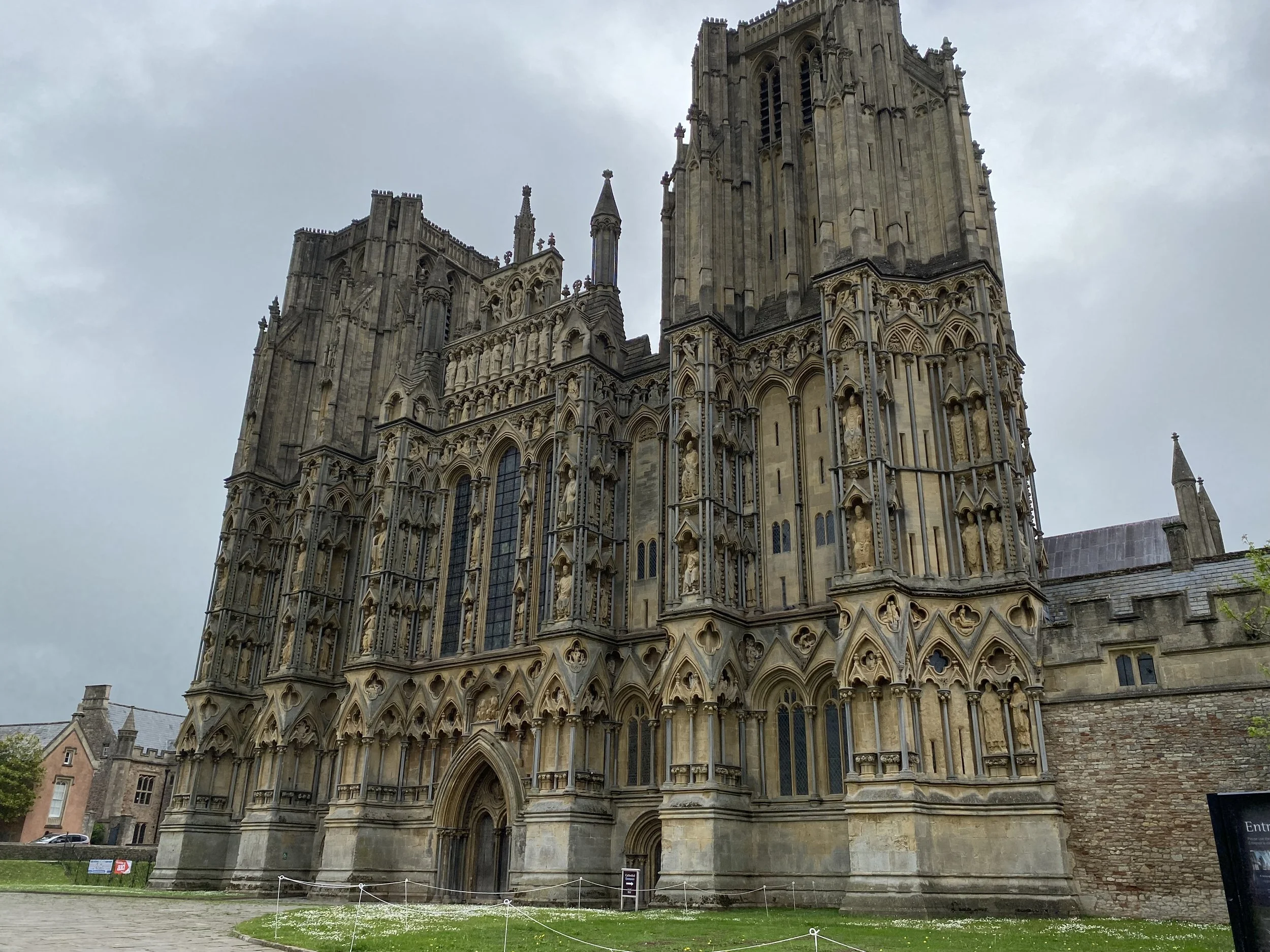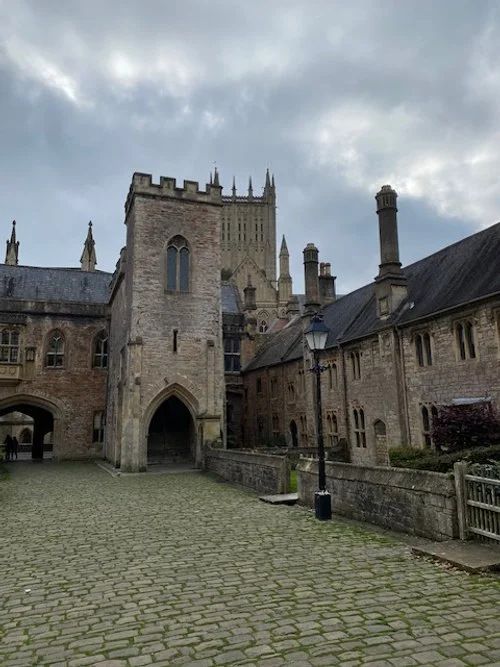Wells: Elizabeth Gouge
On the 24th April 1900, Elizabeth Goudge was born in Tower House in Wells, close to the cathedral, in an area known as The Liberty. She was an only child and seems to have had a happy childhood here and staying on the Channel Islands with her grandparents. When she was 11, her father, Reverend Henry Goudge, who taught in the cathedral school, was offered a canonry at Ely Cathedral and so the family’s time in Wells came to an end, but it seems that the place had a huge impact on her and her writing.
If you visit Wells today, it is very hard to find any trace of the fact that this Carnegie (and other award) winning author lived in the city. I knew I was looking for a blue plaque, knew the general area, but really struggled to find it, even after asking at the museum! Part of my problem was that I was looking for ‘Tower House’- and the place indicated on the plaque is ‘The Rib’. The family are shown as living at 3, St Andrew St in the 1901 Census (see below)- which is Tower House- but three years after she was born, Elizabeth’s father was made head of the Wells Theological College and the family moved across St Andrew Street to The Rib as that house was owned by the Church of England. You can find the plaque on a low wall as St Andrew Street narrows, heading towards the Cathedral.
‘The Little White Horse’ was first published in 1946 and won the Carnegie Medal, but it is in ‘A City of Bells’ which Goudge draws on her time in Wells. Scenes in the book are quite familiar to those who know the city.
Jocelyn . . . looked across a space of green grass . . . to the . . . mass of the Cathedral. Its towers rose four-square against the sky and the wide expanse of the west front, rising like a precipice, was crowded with sculptured figures. They stood in their ranks, rising higher and higher, kings and queens and saints and angels, remote and still.
Vicars’ Close, believed to be the only complete medieval street left in England, also makes an appearance…
To his left, on the opposite side of the road to the Cathedral, was another smaller mass of grey masonry, the Deanery, and in front of him was a second archway. Once through it they were in a discreet road bordered on each side with gracious old houses standing back in walled gardens. Here dwelt the Canons of the Cathedral with their respective wives and families.
‘The Little White Horse’, J K Rowling’s favourite book as a child, won the Carnegie Medal in 1946 and is probably Elizabeth Goudge’s best known work today.





